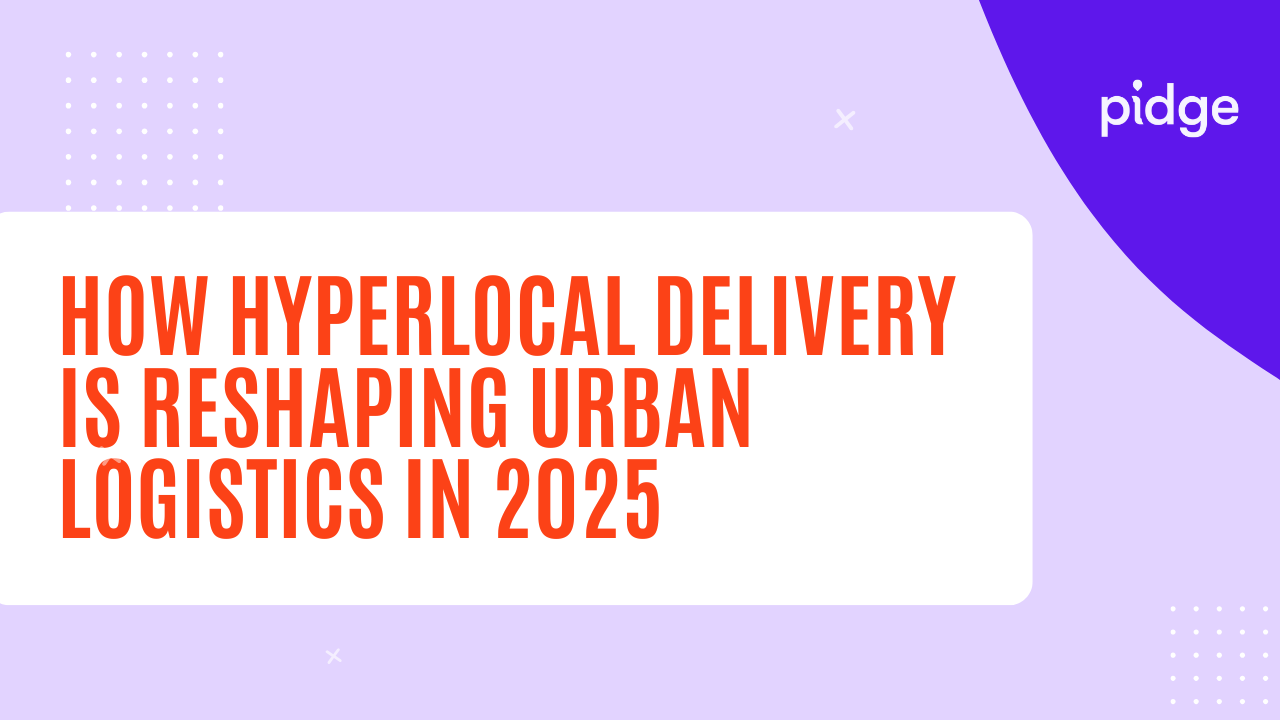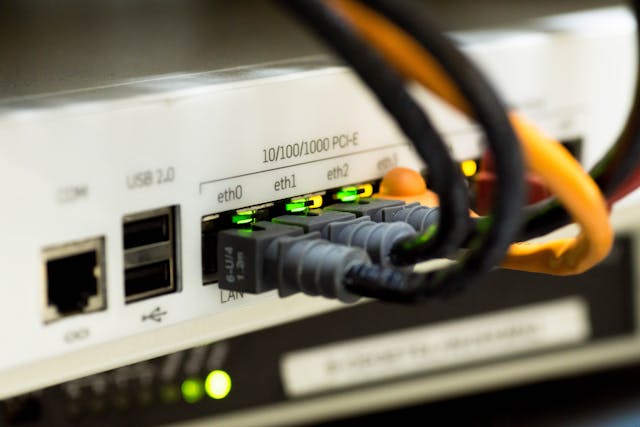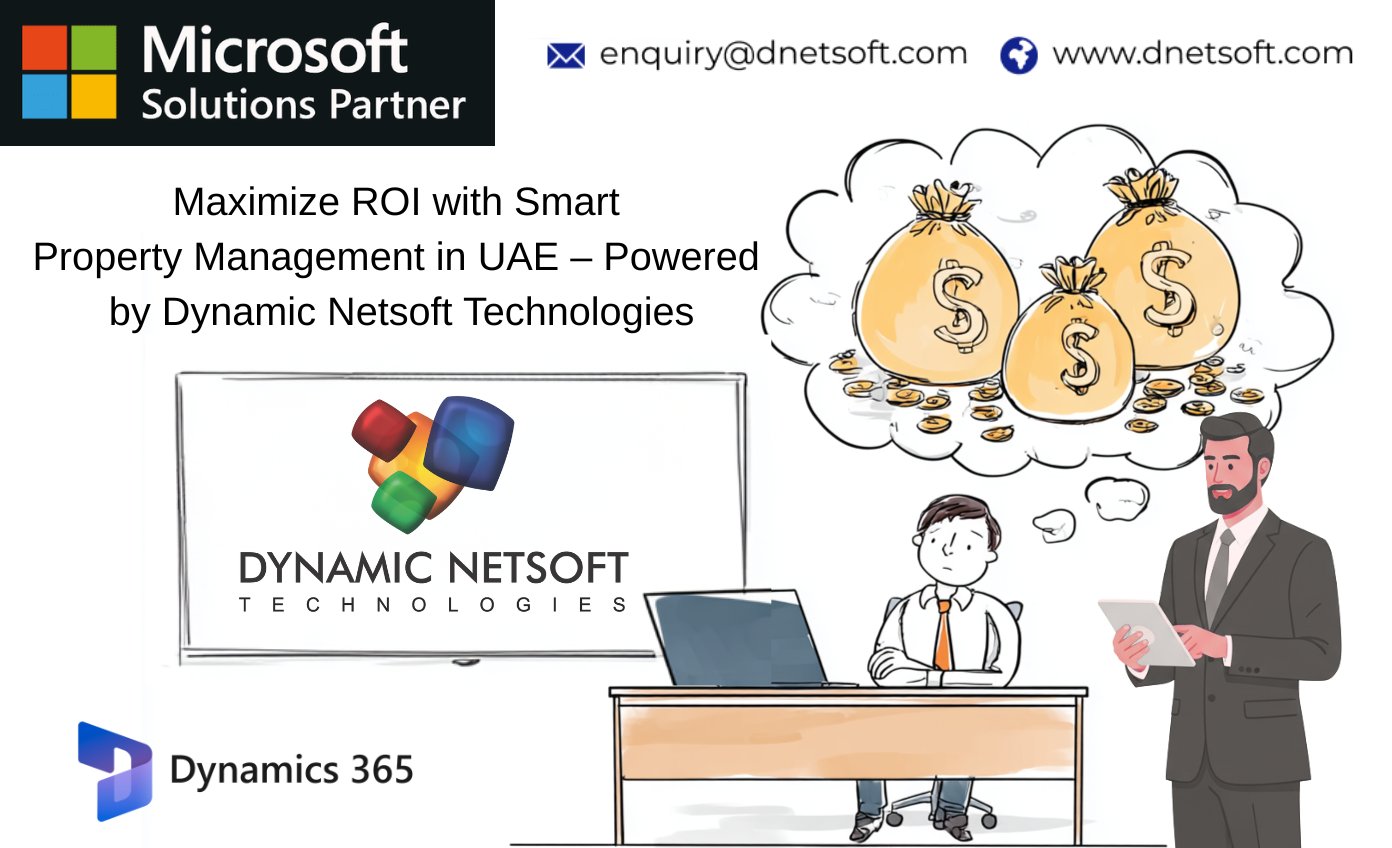How Hyperlocal Delivery is Reshaping Urban Logistics in 2025

Strong 8k brings an ultra-HD IPTV experience to your living room and your pocket.
If you’ve ever ordered groceries, a quick snack, or even household essentials and received them in under 30 minutes, you’ve already experienced the benefits of hyperlocal delivery. This modern approach has brought immense change to how businesses operate, especially in densely populated areas, and it's only getting bigger.
In recent years, one trend has been quietly but steadily transforming how goods move through our cities: hyperlocal delivery. In 2025, this model is no longer an experiment it’s a core part of urban logistics, driven by evolving customer expectations, rapid advancements in artificial intelligence, and the growing need for faster, smarter, and more sustainable delivery systems.
What is Hyperlocal Delivery?
Hyperlocal delivery means getting products from a nearby store or warehouse to the customer in the shortest time possible—usually under a few kilometers. The goal? Deliver items in under 30 minutes. This model works best in crowded cities where people want speed and convenience.
Instead of having one big warehouse on the edge of town, businesses now keep small amounts of stock at micro-fulfillment centers or dark stores inside the city. This helps reduce delivery time and cost.
Why Is It Becoming Popular in 2025?
There are three main reasons:
- Customer demand – People want everything fast. Hyperlocal models offer 10–30 minute delivery.
- Technology improvements – With AI and real-time tracking, companies can make better, faster delivery decisions.
- E-commerce boom – Online shopping keeps growing, and businesses are trying to stay competitive with faster delivery promises.
The Rise of Micro-Fulfillment Centers and Dark Stores
Micro-fulfillment centers (MFCs) and dark stores are the backbone of the hyperlocal revolution. MFCs are small, tech-enabled warehouses designed to fulfill online orders quickly and efficiently. These centers often feature automation tools such as conveyor belts, robotic pickers, and real-time inventory systems.
Dark stores, on the other hand, are retail locations converted into fulfillment hubs with no walk-in customers—optimized entirely for delivery operations. Companies like Zepto, Blinkit, and Amazon Fresh have adopted this model aggressively, especially in high-density urban areas.
Role of AI in Hyperlocal Route Optimization and Inventory Management
Artificial Intelligence plays a critical role in enabling hyperlocal logistics. At the heart of it is AI-powered route optimization, which analyzes traffic patterns, weather, delivery density, and real-time road conditions to assign the most efficient path for every delivery.
Moreover, AI-driven demand forecasting enables businesses to predict what customers will order, and where. This allows for dynamic inventory allocation keeping the right stock at the right place thus reducing spoilage, minimizing stockouts, and increasing fulfillment speed.
10-Minute Delivery: Convenience or Operational Chaos?
While 10-minute delivery sounds like a marvel of efficiency, it has triggered both admiration and concern. From a consumer’s standpoint, it offers unmatched convenience. But operationally, it requires a perfectly orchestrated mix of ultra-local inventory, high courier density, and AI-driven dispatching.
Critics argue that the pressure to fulfill ultra-fast orders can lead to rider stress, road safety risks, and increased logistical costs. However, with the integration of AI-based workforce management, electric bikes, and robotics, many platforms are successfully reducing human strain while maintaining delivery speed.
Case Studies: How Brands Are Winning with Hyperlocal Models
- Zepto, an Indian q-commerce startup, has grown rapidly by deploying a dense network of dark stores in metro cities and ensuring that 90% of SKUs are delivered within 10 minutes.
- Instacart in the U.S. uses hyperlocal AI algorithms to assign shoppers to tasks within minutes and optimize shopper routes.
- Domino’s Pizza has implemented predictive ordering systems that trigger pizza prep based on location-based demand surges, ensuring pizzas reach customers before they even finish ordering.
Challenges in Scaling Hyperlocal Delivery Operations
Despite its benefits, scaling hyperlocal delivery comes with challenges:
- High Capital Requirements: Setting up micro-fulfillment centers and maintaining inventory at multiple sites requires significant investment.
- Operational Complexity: Managing thousands of SKUs, coordinating real-time orders, and maintaining speed without error is a logistics nightmare without robust AI systems.
- Workforce Management: Ensuring fair compensation and safe working conditions for gig workers is crucial as delivery volumes spike.
Conclusion
The hyperlocal delivery wave is fundamentally reshaping urban logistics from infrastructure and routing to sustainability and customer experience. Businesses that adopt this model today and equip it with AI, automation, and ethical workforce practices will not only meet rising consumer expectations but also gain a durable edge in the logistics race.
For startups and enterprises alike, the time to embrace hyperlocal logistics is now not just as a delivery model, but as a strategy for future-ready commerce.
Note: IndiBlogHub features both user-submitted and editorial content. We do not verify third-party contributions. Read our Disclaimer and Privacy Policyfor details.







